Video Menu
My Favorite Videos
My Favorite Videos
How to Stop Hooking the Golf Ball
Sorry, you need to be a member to access this video.
You Are Just Seconds Away - Become a member here!
Already a member? Log in now
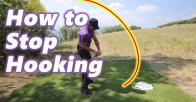
How to stop hooking the golf ball once and for all! If you struggle with hitting hook shots, learn what's causing it and how to fix it.
Most of the videos on the site talk about how to stop slicing and how to come over the top.
However, there's a whole other side of golfers who hook the ball severely and can't stop hooking it and don't understand why.
And I want to talk about that today because it's a very simple thing to understand and fix when you understand what's causing it.
For most golfers, there's only two really common ways that you're going to hook the ball.
The first one is being overactive with your hands.
Now, typically when golfers are overactive with their hands, It's because they're doing something else further back in the chain that's causing them to feel the need to try and flip their hands over to save the shot.
So if they're coming in really open like this and they sense that your proprioception takes over and then you try and use your hands.
If you're coming way too far from the inside, you sense that you try to flip your hands.
Learning how to control the hands is very, very easy, but we've got to diagnose another step back and figure out what's causing you to feel the need to do that.
For most golfers, when they start getting into the position where they really need to flip their hands, they're actually coming too far from the inside.
And that is all caused by losing our spine angle.
Your spine angle dictates plane and path.
So when your spine angle changes at any amount throughout the swing, You're taking this precision required movement in the golf swing and all of a sudden requiring that.
Your hands now save the shot rather than allowing your body and the angles that you've created to take over.
So you no longer need to worry about saving the shot when you're like this.
So what caused you to lose your spine angle?
Well, I've talked about this a lot in the losing your tush line videos where you push off this right side and it moves your pelvis into the ball, which forces your spine to stand up.
Now, as you stand up, your swing plane becomes much more horizontal.
If I was bent over at 90 degrees, I wouldn't be able to swing around.
I would tend to swing more up.
And if I swung with my spine angle vertical, I would swing much more around.
And this encourages the face to rotate.
So as my spine angle becomes more upright, I tend to start swinging shallower into the ball.
And that causes the club to come inside with an open or come from the inside with an open face.
And then I sense that I have to flip it.
So the trick is stop pushing off the right side.
If you're hooking it, I can almost assure you that you're standing up and driving really hard off this right leg.
And not only does it cause you to lose your posture, but it also causes the club to become stuck.
And what we mean by that is the club gets trapped behind your body because your hips are very strong and very powerful.
You can easily rotate your hips in a sense that where they get much more open and leaving your arms behind, your arms get stuck against your chest.
And this is where the club is at this point in the swing.
And then you feel like you've got to flip it.
You don't need to shove and drive that hard off your right leg.
When your right leg is pushing that hard, you're going to have a hard time not getting stuck and not standing up.
So what you want to practice is the opposite.
So I want you to go to the top of your swing and do some little drills where you actually practice.
If you're a hip spinner driving your hips open, like I talked about, keeping your hips feeling as if they're shut while your arms work back down.
Now, obviously, I don't want your hips shut.
They have to be rotating.
But if you're one of the people that's spinning your hips out of control and hooking it, you have to practice the opposite.
So what you're going to feel as you're practicing, bringing your arms down, so they're no longer stuck back here behind me.
I'm getting them back down in front of my chest, which allows me to bring the club down on top of the plane instead of under the plane like you see here.
So as I practice keeping my right leg out of it, getting my arms to come down, relaxing this right leg rather than driving off of it, allows me to get the club back in front, and then I can release.
So what you want to practice is keeping the right heel down the whole time, pumping down with your hips, they're going to turn open a little bit, You just don't want to get them super open because you're already very skilled at getting your hips way open.
And getting the club stuck and coming from underneath.
So you're going to let them rotate a little bit, just like you see here.
So maybe I'm at 80 degrees, I'm almost back to square, and then my arms are back in front.
The key is letting my arms work back down in front of my body to bring them down on plane.
Instead of trying to spin as fast as I can.
In a desperate effort to create power.
As soon as you do that, and you can practice hitting balls, pumping your arms down, releasing, and then keeping the right heel down, you'll start to feel much more stable and quiet and anchored to the ground.
You'll see how much easier it is to hit the ball consistently when you're not ripping your pelvis and your hips through the shot, because that's what's going to create a big change in all the angles in your swing.
So practice just like what I did there, you can practice doing a couple little pump drills, hips are, you know, staying relatively closed compared to what you're probably used to, and then come down on top and release, keep the heel down, and check your position.
So now what I'm going to do is I'm going to go back through and make sure that I've maintained my spine angle.
I feel like my chest is pointing at the ground, my right heel is down, and my hips are no more than 45 degrees open.
If you're used to spinning and pushing hard off, your heel is going to be used to being in the air, and this drill is going to frustrate the heck out of you, because you're not going to understand why your heel keeps doing this.
If it's in the air, you moved it there.
So relax the right leg, bring the arms down in front, maintain your posture, and as you do that, then release the club, and it's going to feel like your hips are probably closed.
If you're, you're really used to spinning your hips open, take a video of your swing, take a look at it, and you'll be shocked that now you've maintained your tush line, which helps you maintain your spine angle, and now you can stop hooking the ball.

























































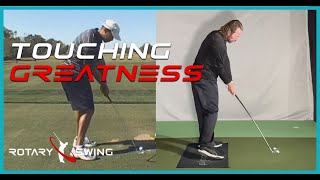
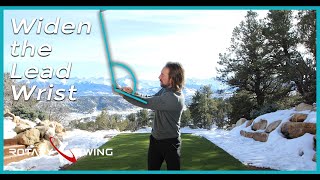
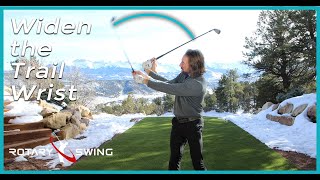
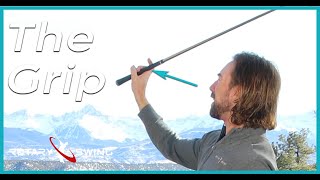
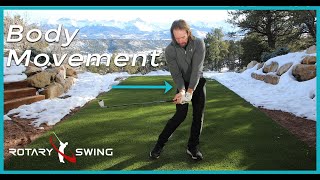
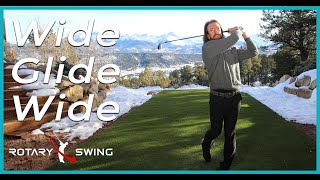
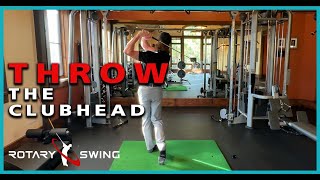






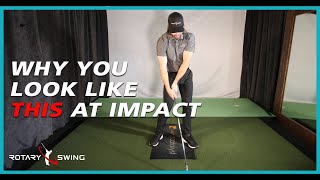
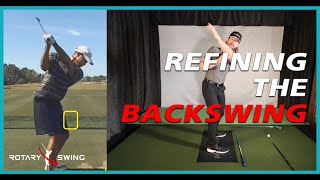
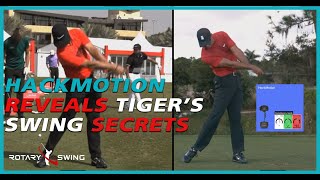
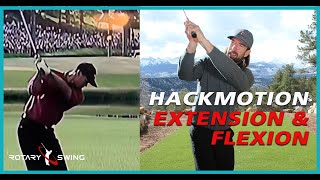
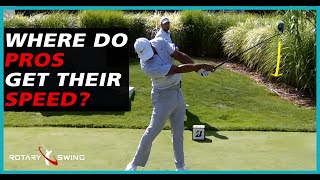
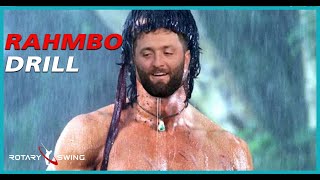
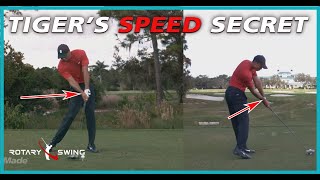




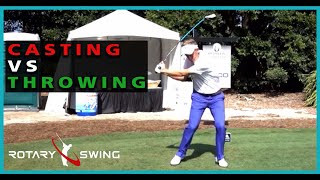
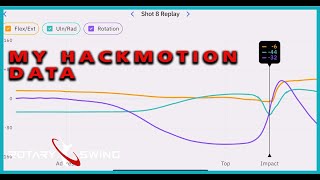
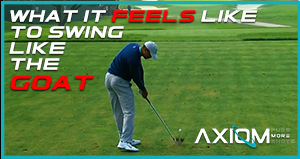
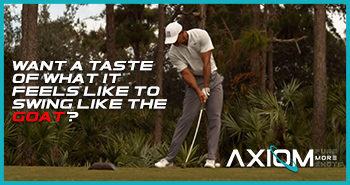
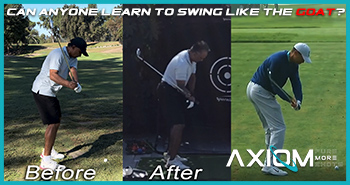
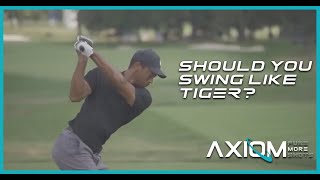
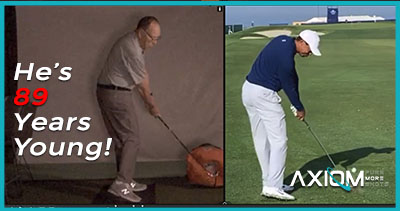
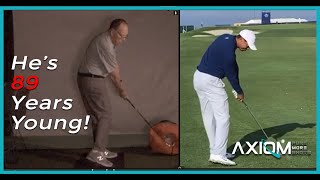
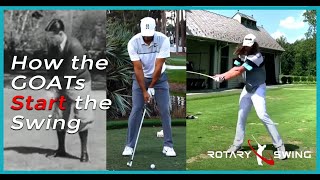
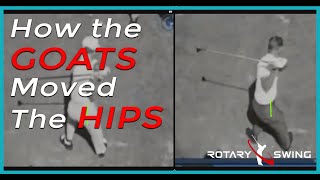
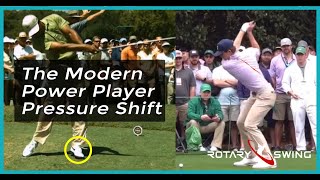
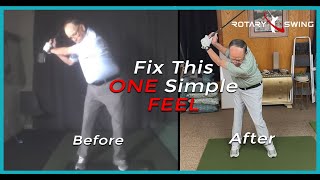
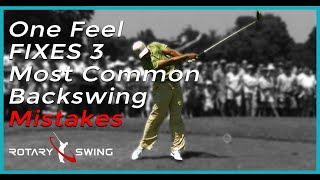
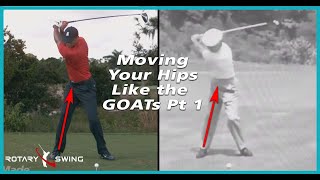
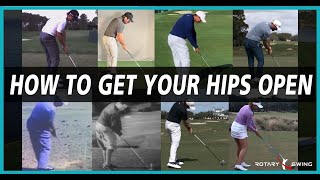
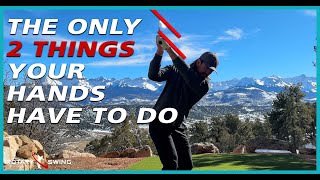
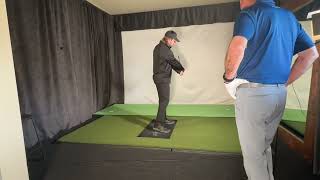
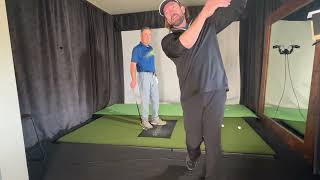
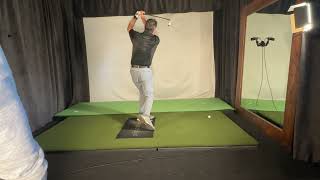
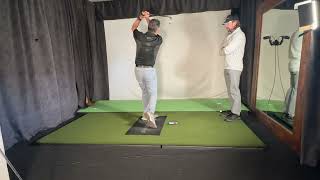
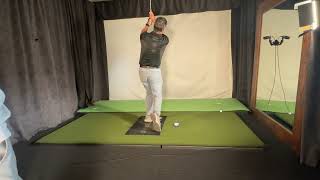
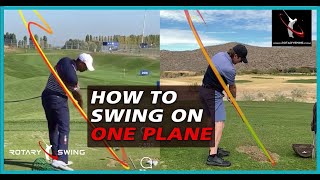
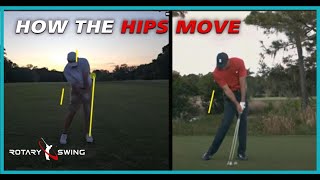
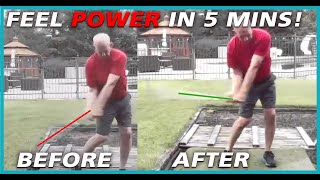
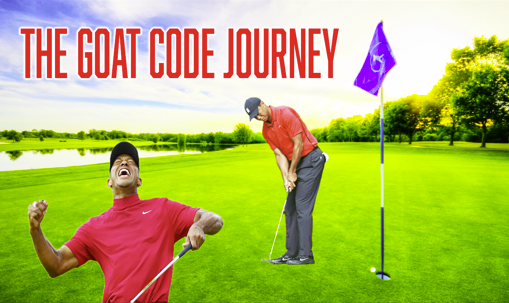
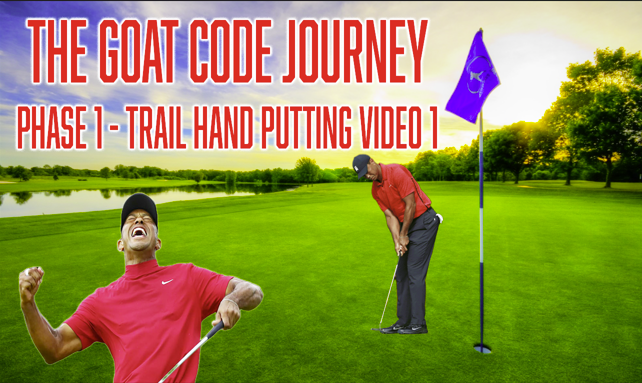
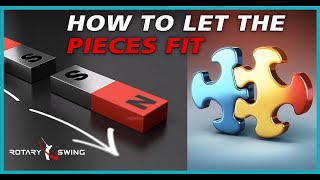

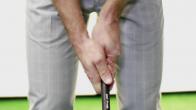
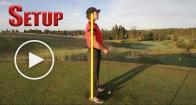
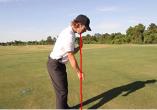
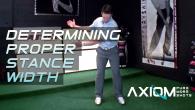
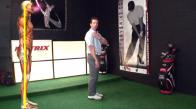
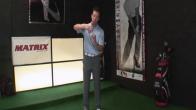
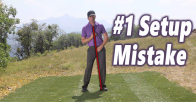
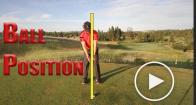
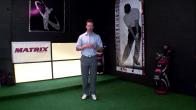
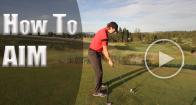
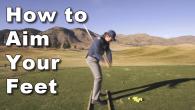
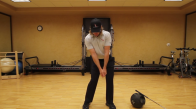
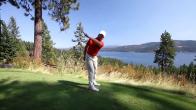
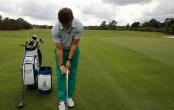
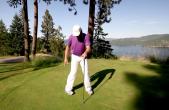
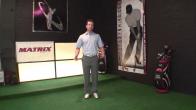
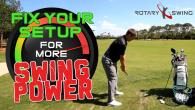
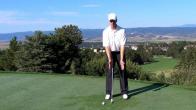
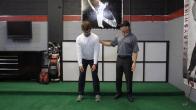
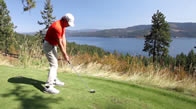
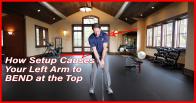
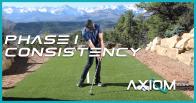
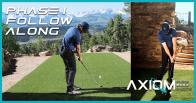
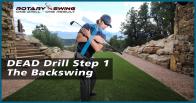
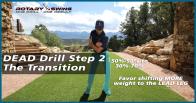
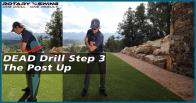

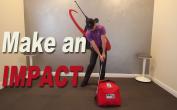
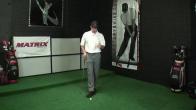
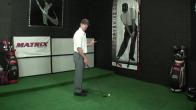
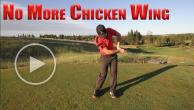
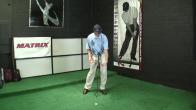
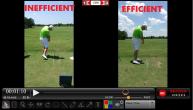
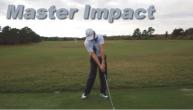
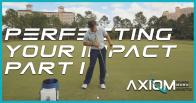
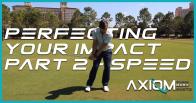
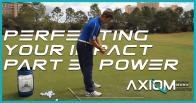
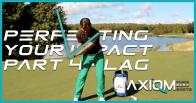
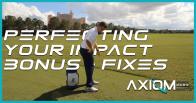
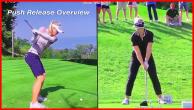
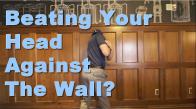
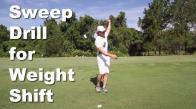
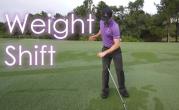
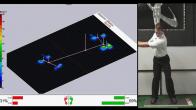
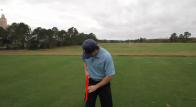
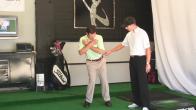
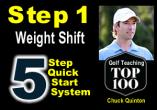
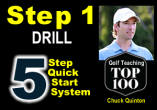
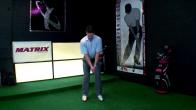
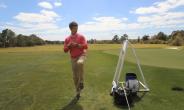
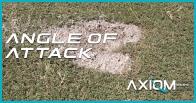
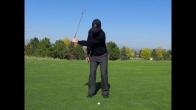
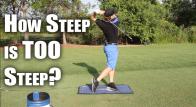
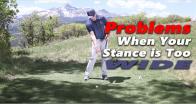

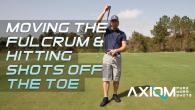
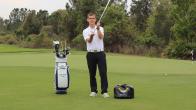
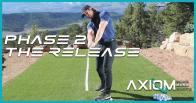
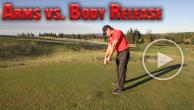

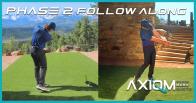
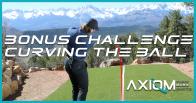
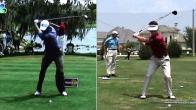
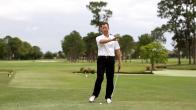
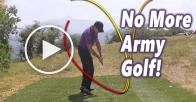
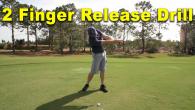


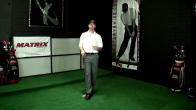
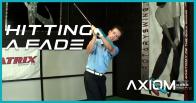

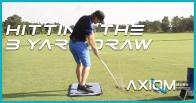
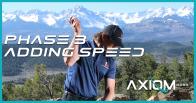


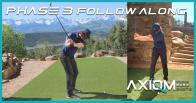
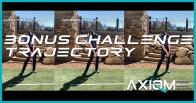
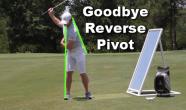
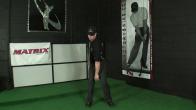
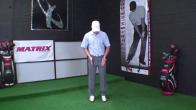
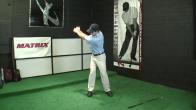
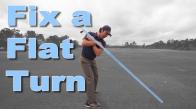

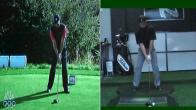
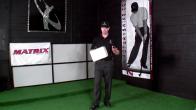
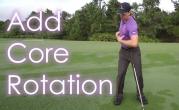
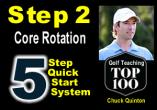
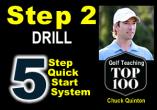
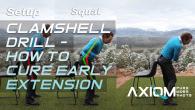
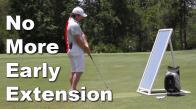
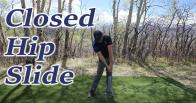

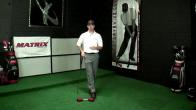
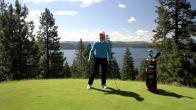
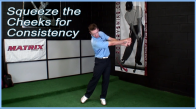
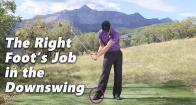
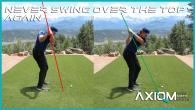


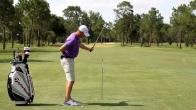
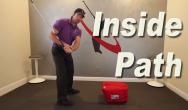

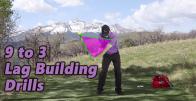
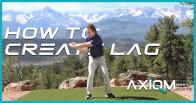
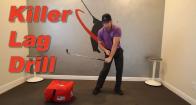
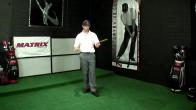
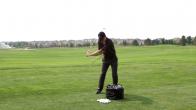
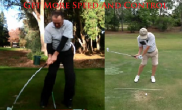
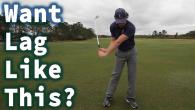

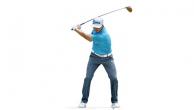

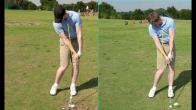
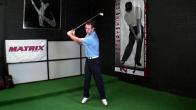
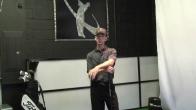
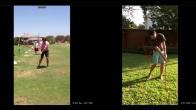
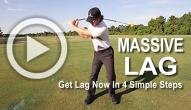
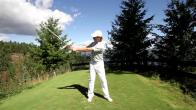
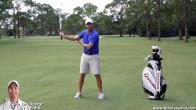
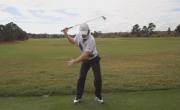
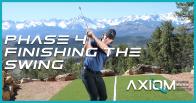
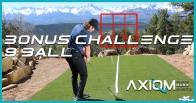
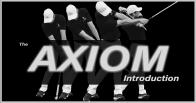

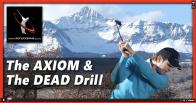
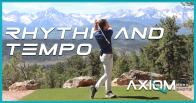
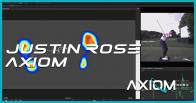
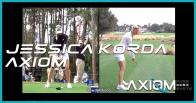
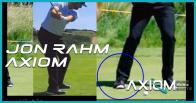
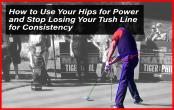
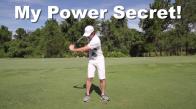
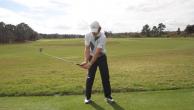
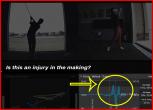
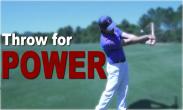
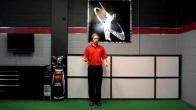
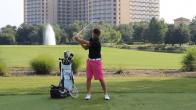
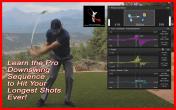



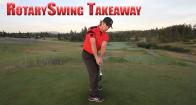

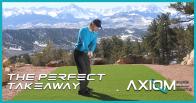
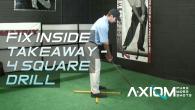
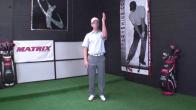
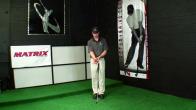

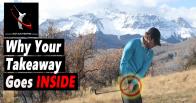
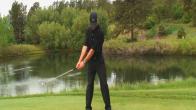
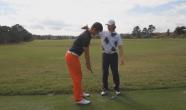
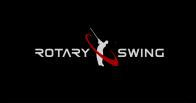
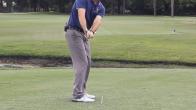
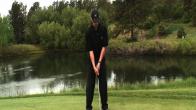
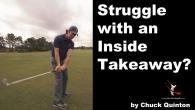
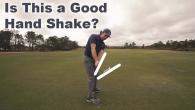
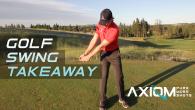
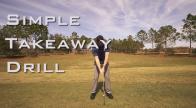
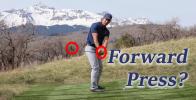
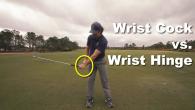
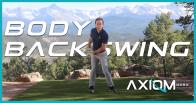
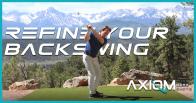
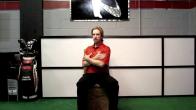
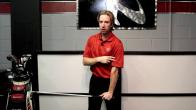
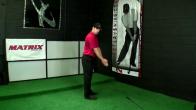
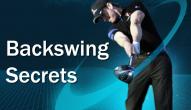
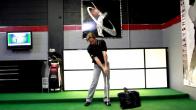
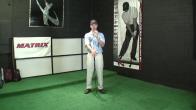
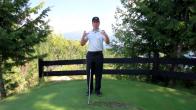
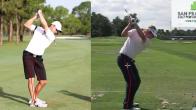

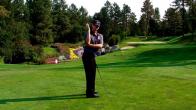

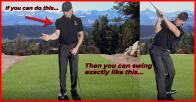
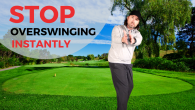
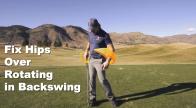
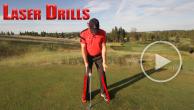
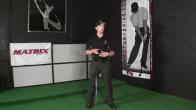
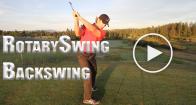
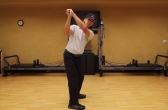
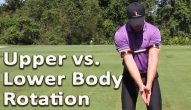
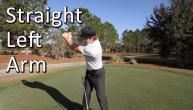
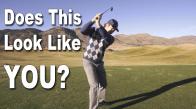


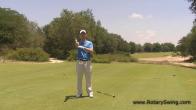
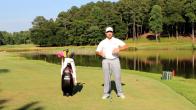
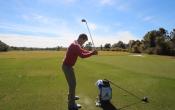

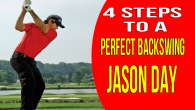
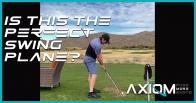

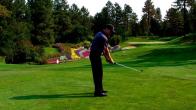
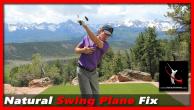
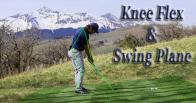
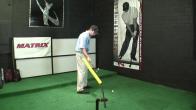
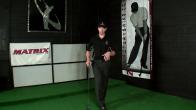
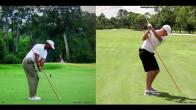

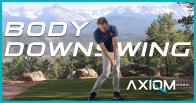

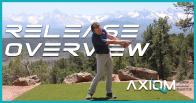
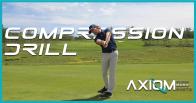
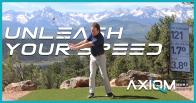
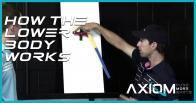
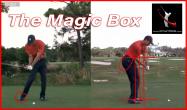
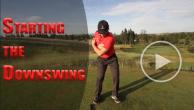
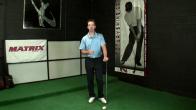
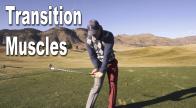
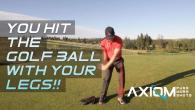
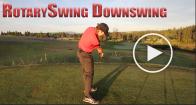
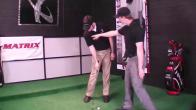
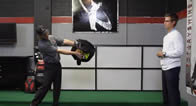
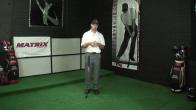
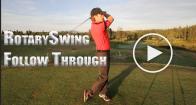
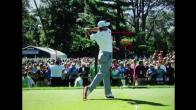
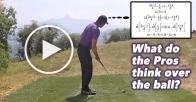
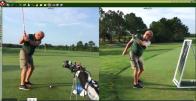

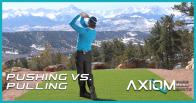
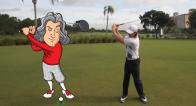
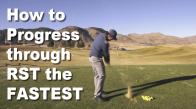
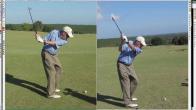
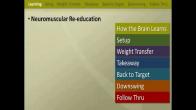
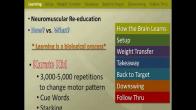
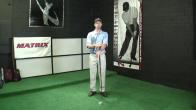
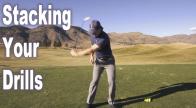
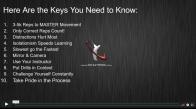
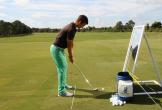
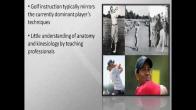
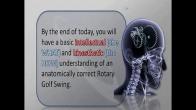
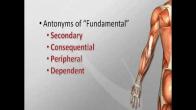
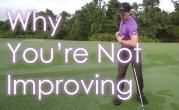

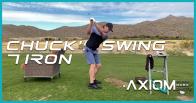
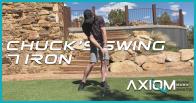
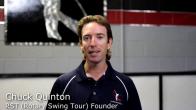
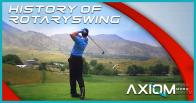
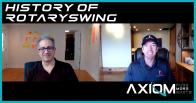
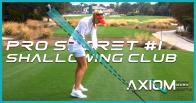
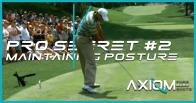
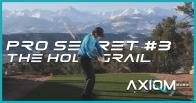
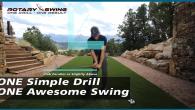
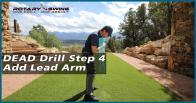
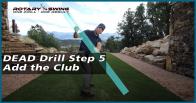
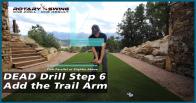
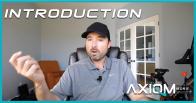
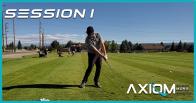
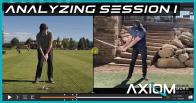
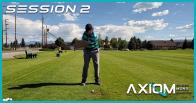
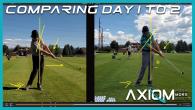
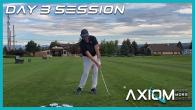
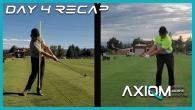
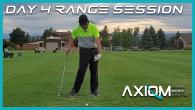
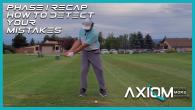
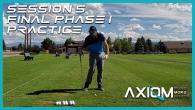
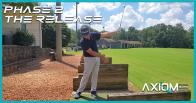
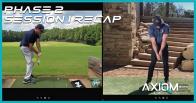
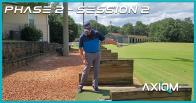
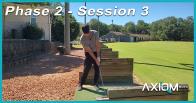
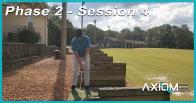
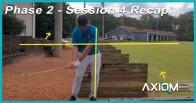
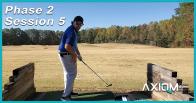
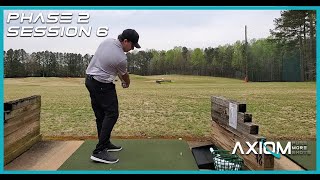
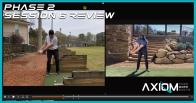
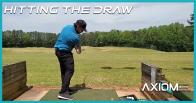
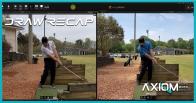












































































































Eddie
Craig (Certified RST Instructor)
Michael
Craig (Certified RST Instructor)
Christopher
Craig (Certified RST Instructor)
Kevin
Craig (Certified RST Instructor)
Kevin
Craig (Certified RST Instructor)
Manny (Certified RST Instructor)
Craig (Certified RST Instructor)
Kevin
Craig (Certified RST Instructor)
James
Craig (Certified RST Instructor)
James
Craig (Certified RST Instructor)
Kevin
Craig (Certified RST Instructor)
Kevin
Craig (Certified RST Instructor)
Kevin
Craig (Certified RST Instructor)
Kevin
Craig (Certified RST Instructor)
Kevin
Craig (Certified RST Instructor)
Dan
Steven
Dan
Craig (Certified RST Instructor)
Kim
Craig (Certified RST Instructor)
Kim
Craig (Certified RST Instructor)
john
Craig (Certified RST Instructor)
john
Paul
Craig (Certified RST Instructor)
Marcel
Craig (Certified RST Instructor)
Christopher
Craig (Certified RST Instructor)
Dan
Craig (Certified RST Instructor)
Dan
gordon
Craig (Certified RST Instructor)
michael
Craig (Certified RST Instructor)
Stan
Craig (Certified RST Instructor)
James
Craig (Certified RST Instructor)